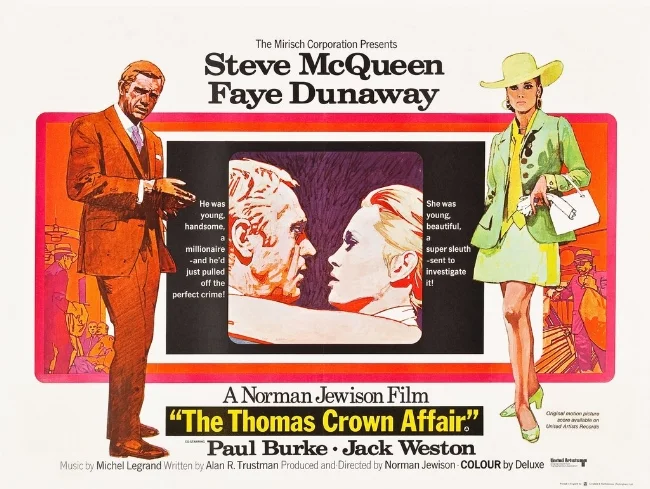Apocalypse Now Final Cut (1979)
Writing a review of Apocalypse Now is a somewhat redundant exercise, unless you have never seen the any of the previous versions of the movie, or your analysis is offering a unique and wholly original perspective. It is one of the most scrutinised, dissected and studied films in the history of cinema. Furthermore, the stories associated with the films tumultuous production have become as equally legendary as the movie itself. There is as much apocrypha associated with Apocalypse Now as there are legitimate anecdotes. In many respects the documentary Hearts of Darkness: A Filmmaker's Apocalypse, which was shot during the films production, is equally as fascinating as the iconic movie. So with all this in mind, I will simply try to succinctly summarise my thoughts on this third version of Francis Ford Coppola’s magnum opus, which has been officially labelled “Final Cut” by the director.
Apocalypse Now Final Cut has been restored from the original camera negative via a 4K scan. Previous transfers used for the Redux version, were made from an interpositive. The new version has a runtime of 183 minutes, with Coppola having cut 20 minutes of the added material from Redux print. The original theatrical release in 1979 ran for 147 minutes. As for changes in scenes, the extended plot detour that takes place on the de Marais family's rubber plantation remains. Some critics consider this to be an unnecessary digression that slows the narrative. I see it more as an interesting statement on imperialism and its failures, which are subsequently being repeated by the United States and their interventionist foreign policies. The extended episode with Lieutenant Colonel Kilgore (Robert Duvall) culminating in the theft of his surfboard also remains. However, the scene in which Willard (Martin Sheen) and his men find the Playboy Bunnies, marooned after their helicopter transport has run out of fuel, has been removed. So has one of few daylight scenes showing Kurtz (Marlon Brando) reading aloud from Time Magazine to a group of Cambodian children. No further new footage has been restored to the film either.
Upon mature reflection, I would say that Apocalypse Now Final Cut is the most polished and substantial version of the film out of all three edits. It makes its points about the nature of war, its inherent absurdity, as well as contradictions and does so at the right pace. This time round Willard’s journeys upriver to both a metaphorical and literal place of insanity, is done at exactly the right pace. There no longer feels like they’re narrative gaps or changes of pace. For those familiar with the bootleg VHS assembly print that was in circulation in the early eighties, there are still several legendary scenes missing. But I would argue that they wouldn’t really add anything to the overall film. If any still exist then they would better serve as “extras” on the Blu-ray release. The beautifully restored print is also a timely reminder of how complex action scenes use to constructed in the pre-digital age. The helicopter attack on the coastal village is still a staggering feat of logistical organisation and co-ordination.










